- My accountMy account Close
- Pending (0)
You have no items in your shopping cart.
Our Unique Climate
Land & Environment
Situated within the traditional lands of the Taungurung people tabilk-tabilk means place of many waterholes. A name which aptly describes the landscape and recognises the uniqueness of Tahbilk Estate’s location. As one of only eight wine regions worldwide dramatically influenced by inland water mass, our unique environment lies at the heart of our ability to craft wines of exceptional quality for generations.
Wine Region
Tahbilk Estate is in the sub region Nagambie Lakes, located in the Goulburn Valley Victoria, an hour and half north of Melbourne.
The Goulburn Valley is known as distinctly warm, with a typical inland valley-floor climate and substantial diurnal temperature ranges. The heat is mitigated by the abundance of lakes, billabongs and creeks associated with the Warring or Goulburn River.
In 1993, the Nagambie Lakes Wine Region was recognised by Wine Australia as distinctly different to the broader locale of the Goulburn Valley due to the large bodies of water in the region, including Lake Nagambie.
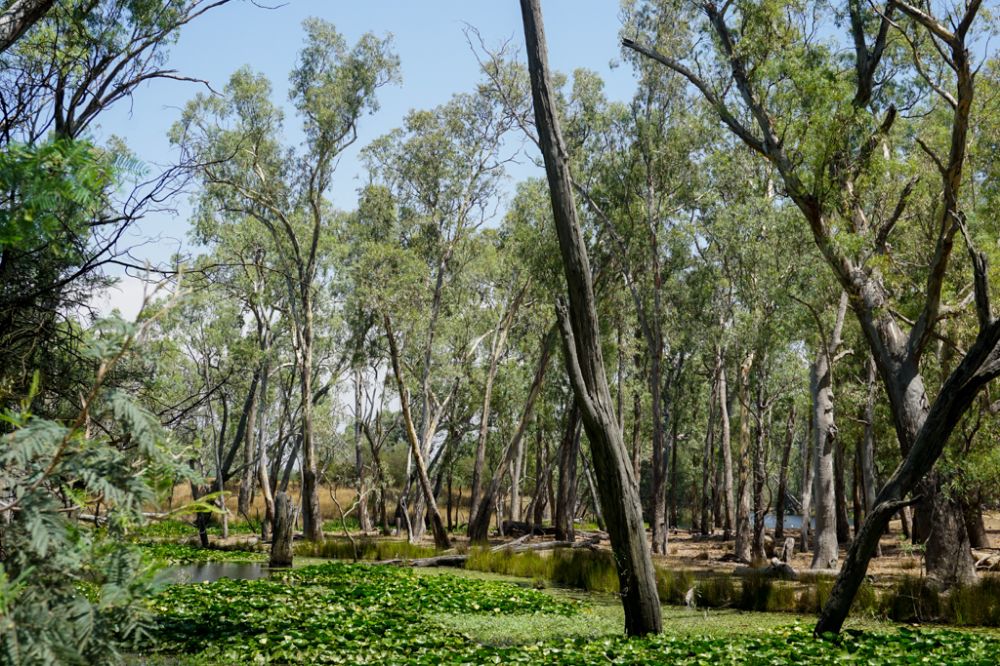
As well as recognising the region’s unique soil type which is rich in iron oxide (Duplex 2.2); which has a positive effect on grape quality and gives the wines a defined regional character.
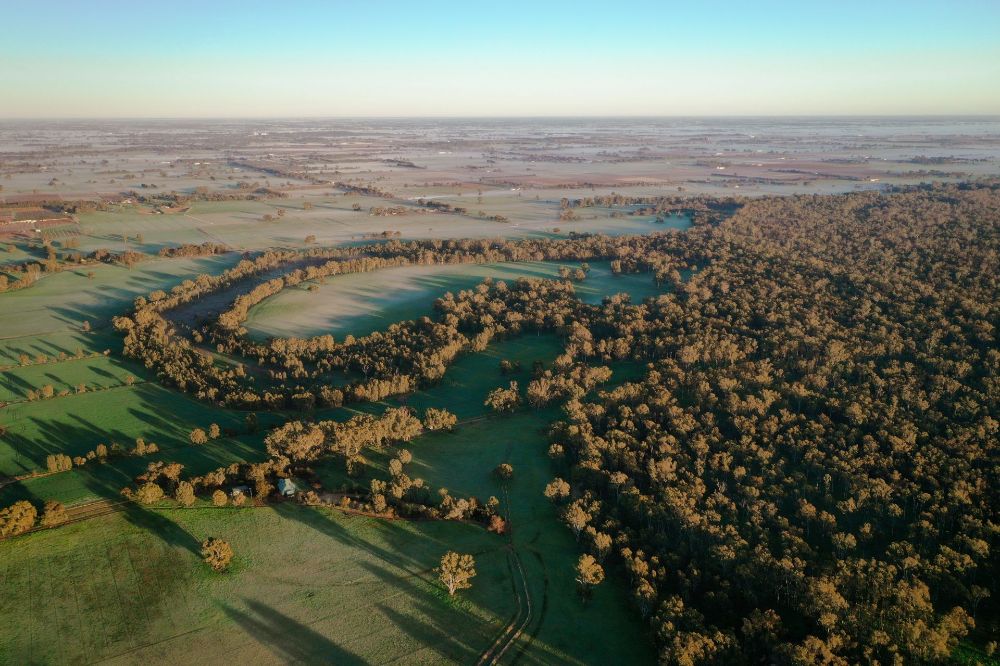
The Nagambie Lakes region is only one of eight locations worldwide dramatically influenced by its location to large bodies of water. While all bodies of water have significant effects on their surrounding wine regions, unlike oceans, vineyards in proximity to large lakes and inland rivers makes for a consistent moderated influence on local temperatures.
For colder wine regions, having a large body of water close by may not assist grape growing, however given the nature of Tahbilk’s location the significant amount of water acts to reduce climate variability, protecting the fruit from spring frosts and allowing the fruit to ripen consistently throughout the growing season.
_1000.jpeg)
The wine growing region of Nagambie Lakes is amongst well-known and prestigious company including the regions of Lombardia (Italy), Burgenland (Austria), Finger Lakes (USA), Michigan (USA), Niagara Falls (Canada) and The River Rhine (France).
_1000.jpeg)
Caring for Old Vines
Tahbilk are custodians of some 200 hectares of heritage vineyards with connections back to the Northern Rhone. We are home to the largest single planting of Marsanne and some of the oldest Shiraz plantings dating back to 1860.
Our unique location creating a consistent, cooler, longer and slower ripening growing period for our fruit meaning we can sustain high quality grapes across generations, including our rich resource of over 80 hectares of old vine vineyards.
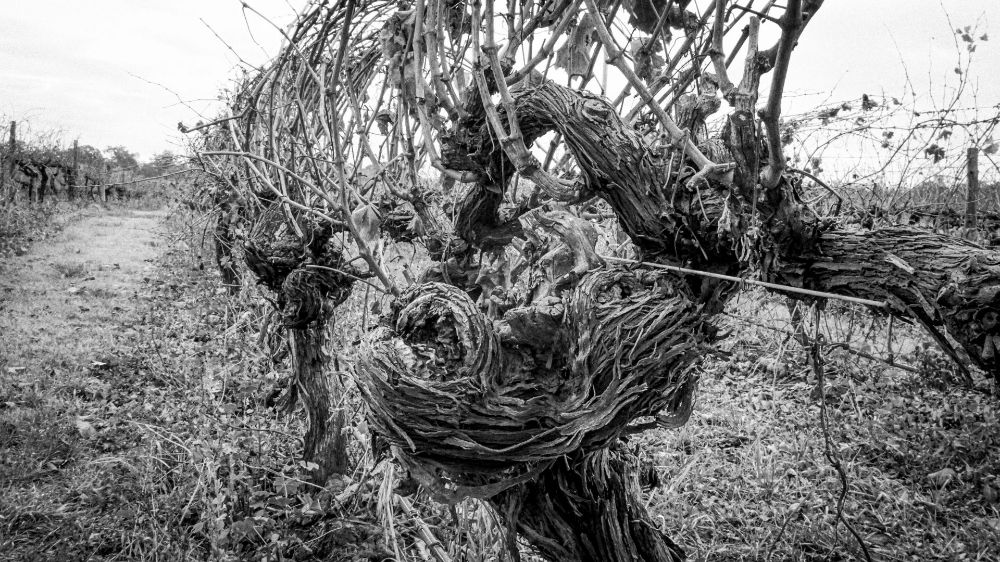
Included in the old vine mix is our incredibly rare pre-phylloxera shiraz vines planted in 1860. Known as one of the oldest productive shiraz vineyards in the world we continue to tend to around half an acre of gnarly old vines and produce an exquisite, small run single vineyard wine Tahbilk ‘1860 Vines’ Shiraz.
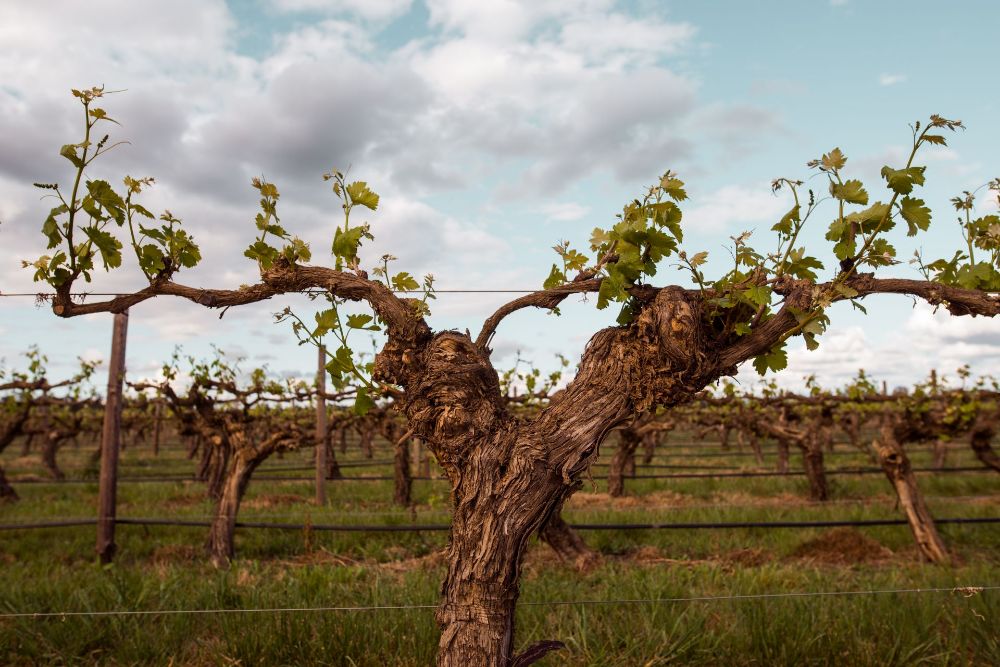
We are also home to the oldest and largest single planting of Marsanne in the world, produced as a single vineyard release Tahbilk 1927 Vines Marsanne. Our oldest vines being planted in 1927. Marsanne, the grape, originates from the northern Rhone in France and thrives in rich ferric soils like those of Tahbilk. A mature vine if grown in the right place, picked at the right time and not overcropped produces beautiful wines. For over 95 years we have been tending to our old Marsanne vines; the perfect grape to grow in the Nagambie lakes region.
Last and not least are our old vines Cabernet Sauvignon, the oldest plantings of this varietal on the Estate dating back to 1948. These vines are very special and truly enjoy their moderate growing environment. For these vines, and all of our old vines, we take a light touch approach to their management to ensure they can continue on in perfect condition.
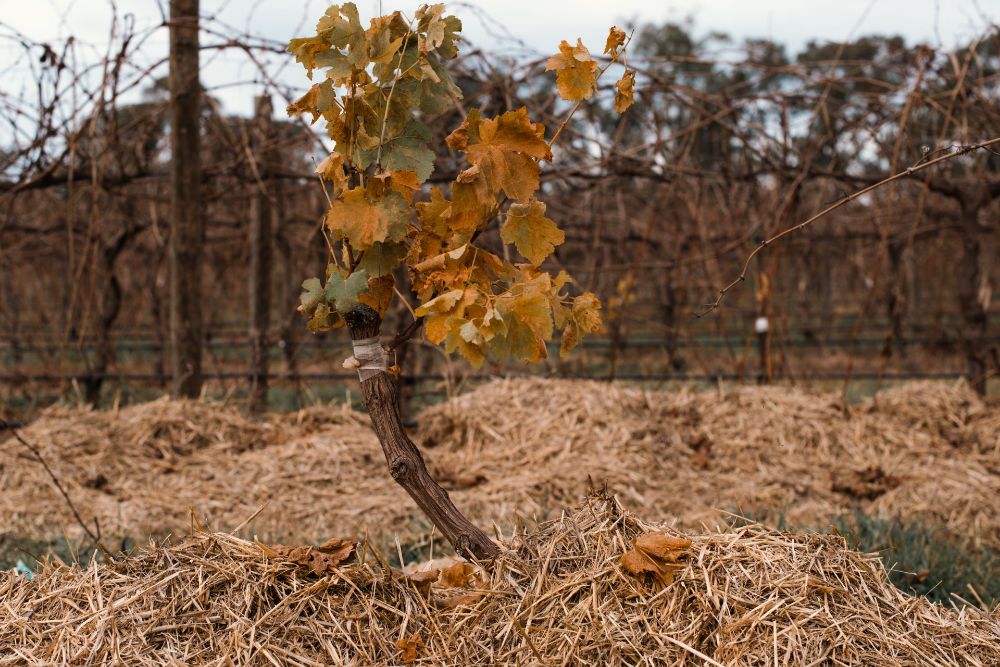
Vineyard Practices
Keeping our vines healthy is of utmost importance and ensures the only fruit to enter our wines is high quality and flavoursome. In the vineyards we take a light touch approach in everything we do.
This means wherever possible following organic practices to tend to our soils and the local environmental to keep the vines healthy and free of disease.
We use straw under vine and compost mulches to moderate soil temperatures, insulating the soil. This means our plants are exposed to less stress from extremes in soil temperature and moisture.
Multi-sensor technology helps us manage our irrigation water on the vineyards capturing our microclimate data and converting it into meaningful information. Improving our vineyard practices.
Tahbilk began certifying organic vineyards in 2017 and has since received certification for 50Ha of vineyards. A further 40Ha of vineyards are currently in conversion and the majority of this will be certified organic for the 2023 vintage.
In 2021, Tahbilk also joined a small but growing number of Australian wineries and producers who have become certified members of Sustainable Winegrowing Australia (SWA). The SWA program ensures that wineries and producers are following the acknowledged best practice methodologies and are treating their environment, workers and community in a sustainable way.
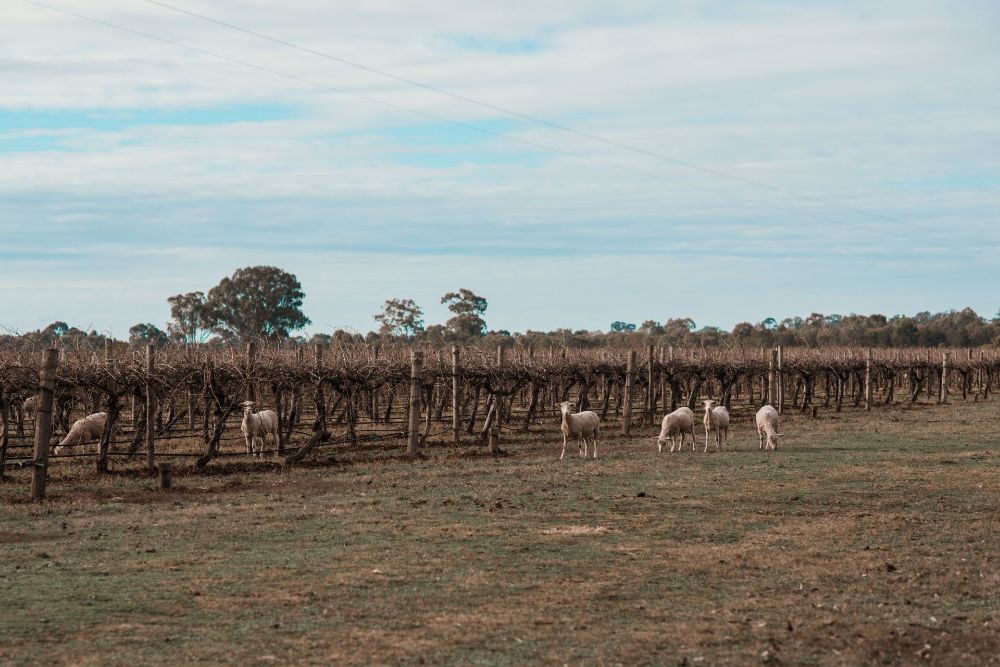
Other activities in our vineyards includes a spring growing cover crop mix is sown in winter to introduce a variety of annuals into the rows that are aimed at both reducing compaction and also flowering to attract pollinators at flowering. Using organic inputs wherever possible and minimising artificial inputs.
Tahbilk Wine Club
When Eric Purbrick sent his first newsletter to the dedicated Tahbilk drinker in 1971, never in his wildest dreams did he imagine his legacy would continue on into the 21st century. We love our Wine Club Members and as far as we're concerned they're part of the family. Our wineclub is free to join and members attain a 10% discount off Tahbilk wines and access to exclusive Wine Club ranges plus new deals every month.
Wine Club
Trade Resources
Opening Times
Restaurant
Weekdays: 11am to 4pm
Weekends/Public Holidays: 11am to 4pm
Cellar Door / Eco Trails
Weekdays: 11am to 5pm
Weekends/Public Holidays: 10am to 5pm
Visit The Estate
Contact Us
Tahbilk Estate: (03) 5794 2555
Wine Club: (03) 8527 6182
- customerservice@tahbilk.com.au
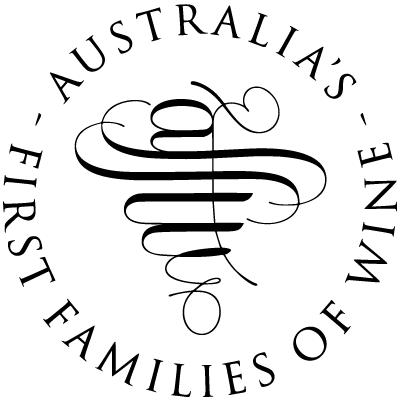
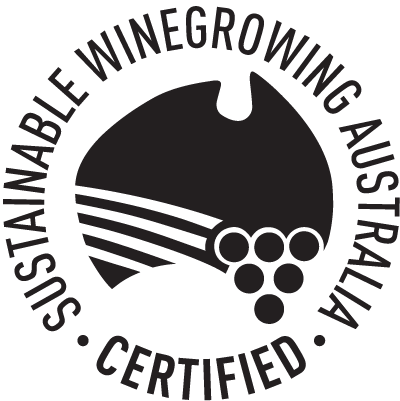
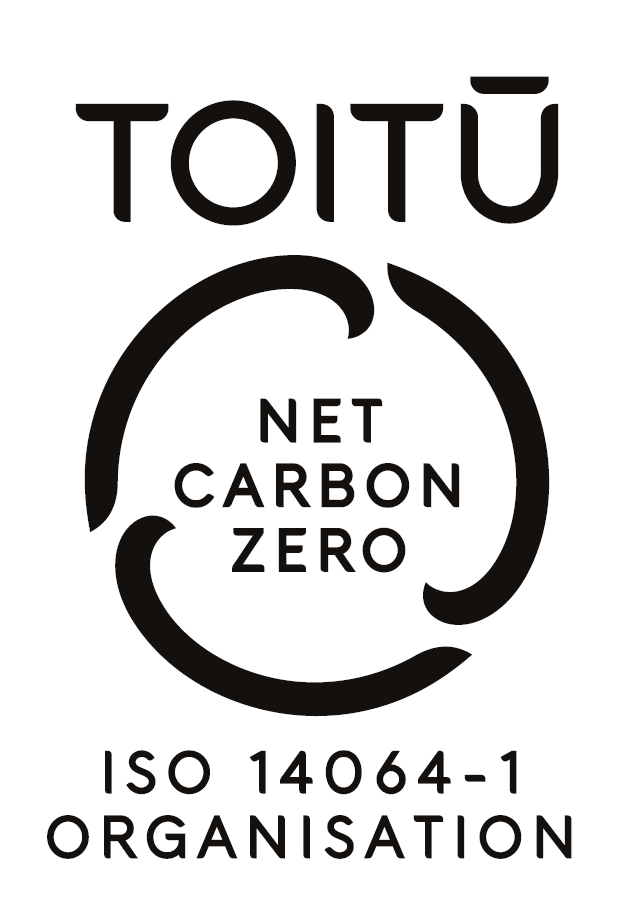
Liquor Licence No. 32800820
